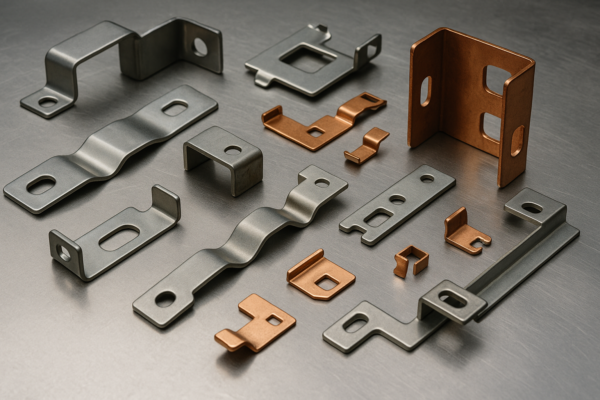What welding rod do pipeliners use?
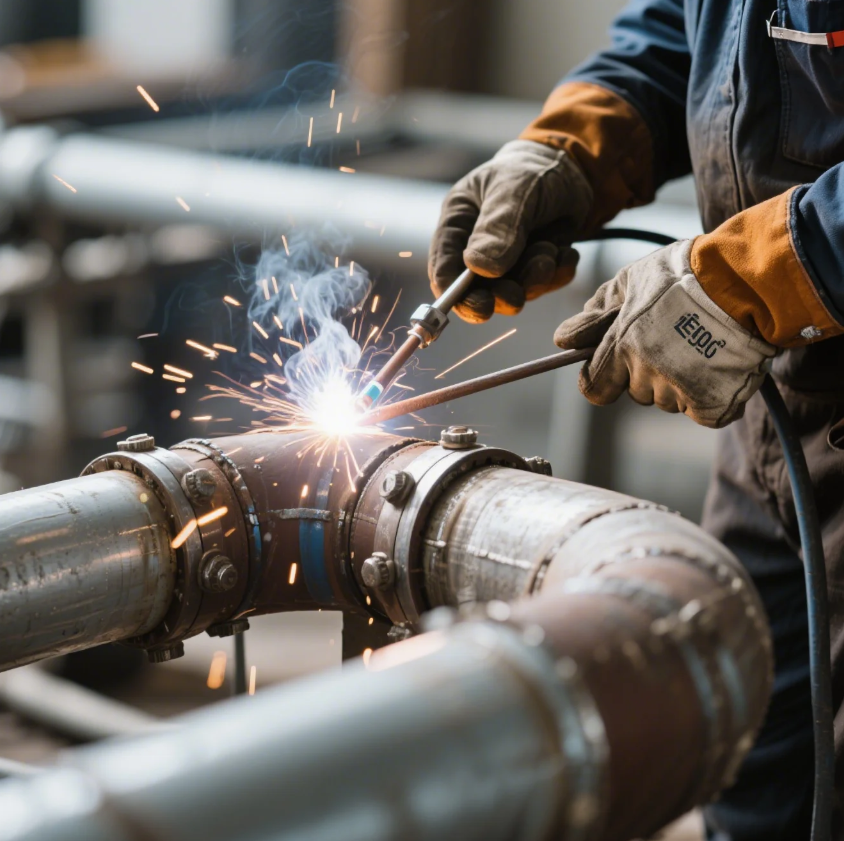
Pipeline welds face pressure, inspection, and tough field conditions.
Pipeliners commonly use E6010 or E7010 welding rods for root passes, due to their deep penetration, fast-freeze arc, and ability to handle open gaps in all positions.
Let’s look at why these rods are trusted in the field—and how they differ from general-purpose options.
What welding rods do pipeliners use?
Only a few rods meet the pressure—literally.
Pipeline welders primarily use E6010, E7010-G, and E8010-G electrodes for downhill root, fill, and cap passes on carbon steel pipes.
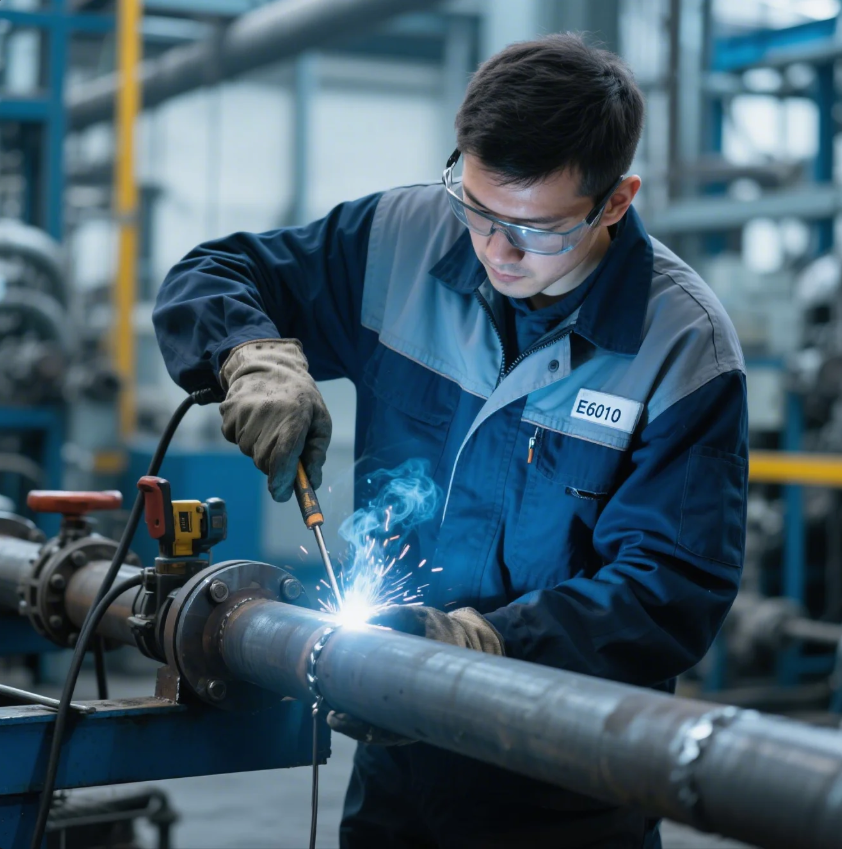
One of our clients working on a cross-country gas line in the Middle East used E7010-G for all root passes. Its DC-only, cellulose-coated arc cut cleanly into beveled edges for perfect root fusion.
Common Pipeliner Rods
| Rod Type | Use Phase | Strength Class | Key Benefit |
|---|---|---|---|
| E6010 | Root pass | ~60,000 psi | Deep penetration, fast-freeze |
| E7010-G | Root/fill/cap | ~70,000 psi | Smoother arc, good fill control |
| E8010-G | Full weld cycles | ~80,000 psi | High tensile strength |
At Prime, we stock pipe-grade welding rods with batch certifications, perfect for code-compliant pipeline welding and inspection jobs.
What kind of welding is used on pipelines?
Pipe welds demand more than just muscle.
Shielded Metal Arc Welding (SMAW), also called Stick Welding, is the most widely used method on pipelines due to its portability, all-position capability, and control over open root joints.
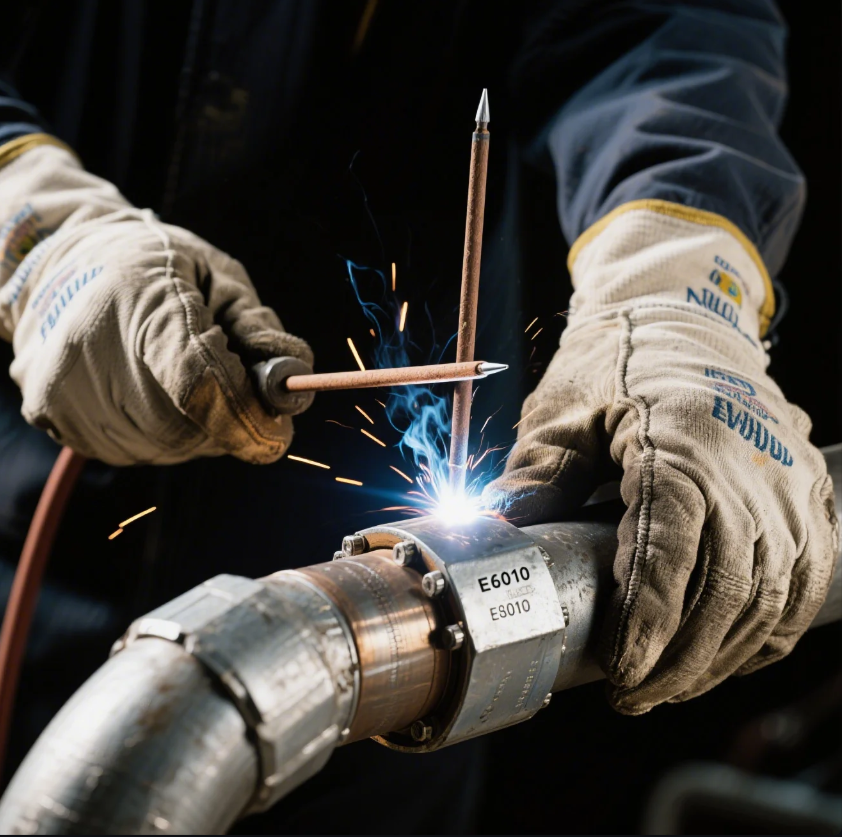
We’ve supported welding crews in Alaska, Australia, and the Middle East who used SMAW because it’s dependable even in wind, cold, or remote terrain.
Pipeline Welding Methods
| Method | Use Case | Advantage |
|---|---|---|
| SMAW (Stick) | Field pipe welding | Portable, deep root penetration |
| GTAW (TIG) | High-spec stainless/titanium | Clean root fusion, precise |
| GMAW (MIG) | Shop prefabs, tie-ins | Fast, low spatter in clean setups |
Prime offers welding consumables and procedure specs designed for SMAW pipe work in both onshore and offshore applications.
Why do pipeline welders only use half a rod?
Shorter rods mean more control.
Pipeline welders often break rods in half for better maneuverability inside tight joint gaps, improved arc control, and reduced arc blow.
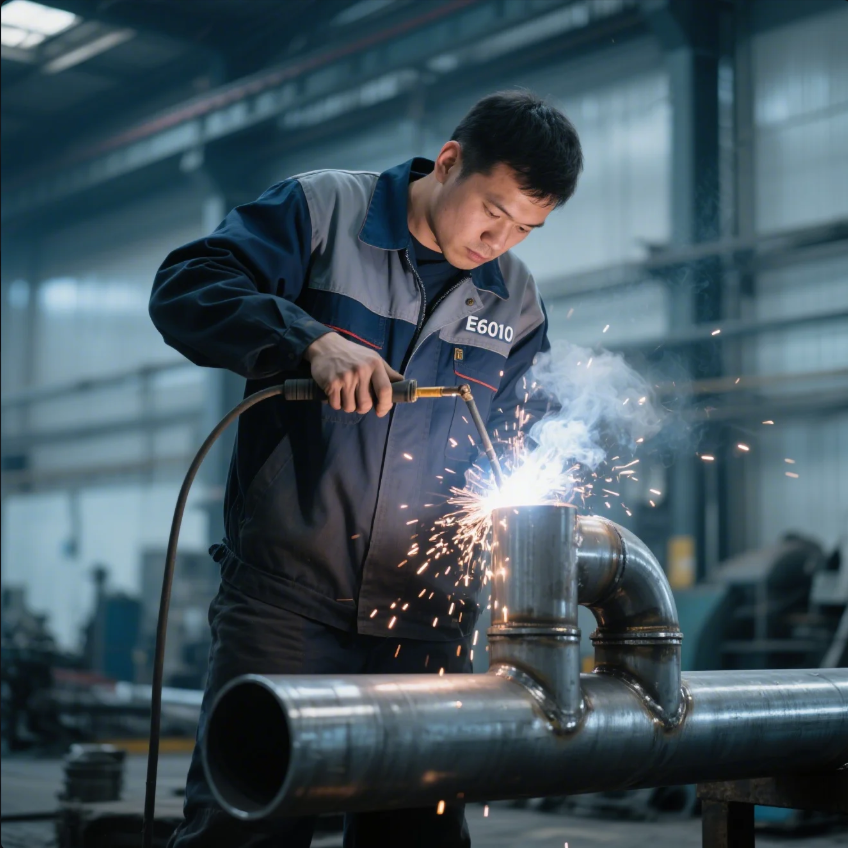
On a 42" crude oil pipeline job, a U.S. client had all welders snap E7010 rods in half during root and cap passes. It helped them maintain stable arcs and avoid dragging their electrode holders in narrow gaps.
Why Half Rods Help
| Reason | Advantage |
|---|---|
| Smaller arc swing | Precise puddle control in tight spaces |
| Reduced arc blow | Minimizes magnetic interference |
| Better hand position | Less wrist fatigue, better angle |
| Consistent travel speed | Easier to manage small weld segments |
Prime shares this tip in our pipe welding field guides, helping new welders adopt best practices from experienced pipeliners.
What’s the difference between 7018 and 7014 welding rod?
Both are smooth—but not made for the same job.
7018 is a low-hydrogen, structural-strength rod used for critical welds, while 7014 is an easy-to-use iron powder rod for general-purpose flat or horizontal welding.
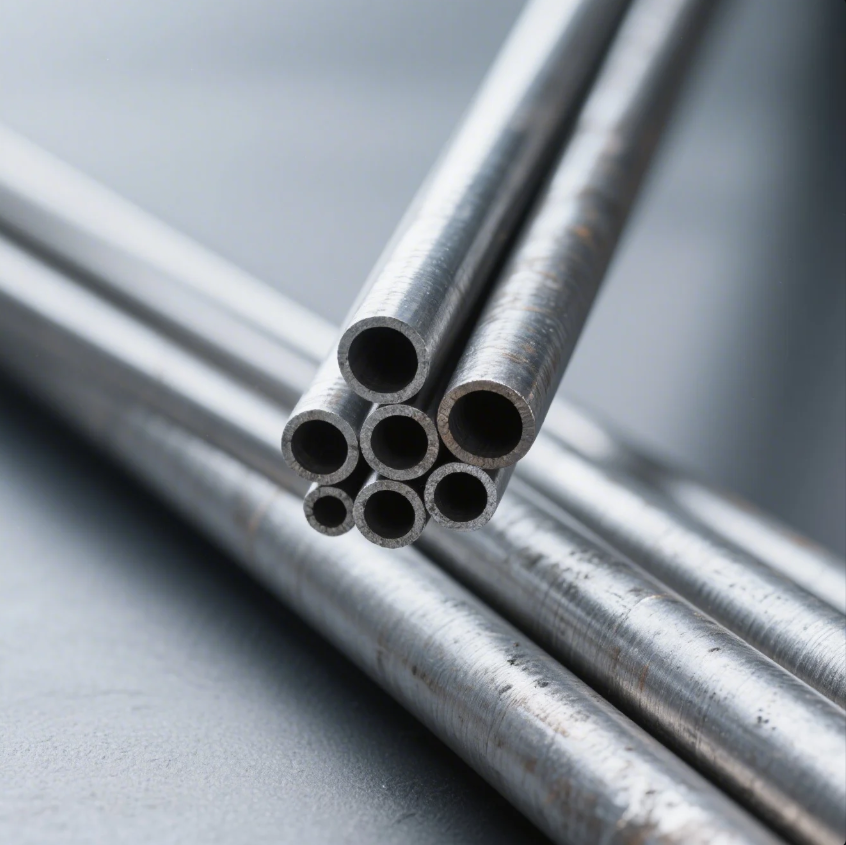
A fabrication client in Europe used 7014 for brackets and 7018 for chassis frames. The difference was clear—7018 delivered cleaner X-ray results and held up under dynamic load tests.
7018 vs. 7014 Comparison
| Feature | E7018 | E7014 |
|---|---|---|
| Hydrogen Control | Low hydrogen (code-approved) | Standard flux, not low-hydrogen |
| Strength Rating | ≥70,000 psi | ~70,000 psi |
| Position Use | All-position | Flat and horizontal preferred |
| Application | Bridges, buildings, trailers | Frames, decorative, shop welding |
| Storage Needs | Rod oven or sealed pack required | Normal dry box sufficient |
At Prime, we recommend 7018 for certified structural applications, and 7014 for clients seeking speed and simplicity on clean steel.
Conclusion
Pipeliners rely on E6010, E7010-G, and E8010 rods for deep fusion, tight control, and field-tested reliability—especially for root passes and vertical welds.
Need rods or welding kits built for pipeline jobs? Contact Prime today through our website. We provide ISO-certified consumables, expert technical advice, and fast global shipping—trusted by professional welders across continents.


